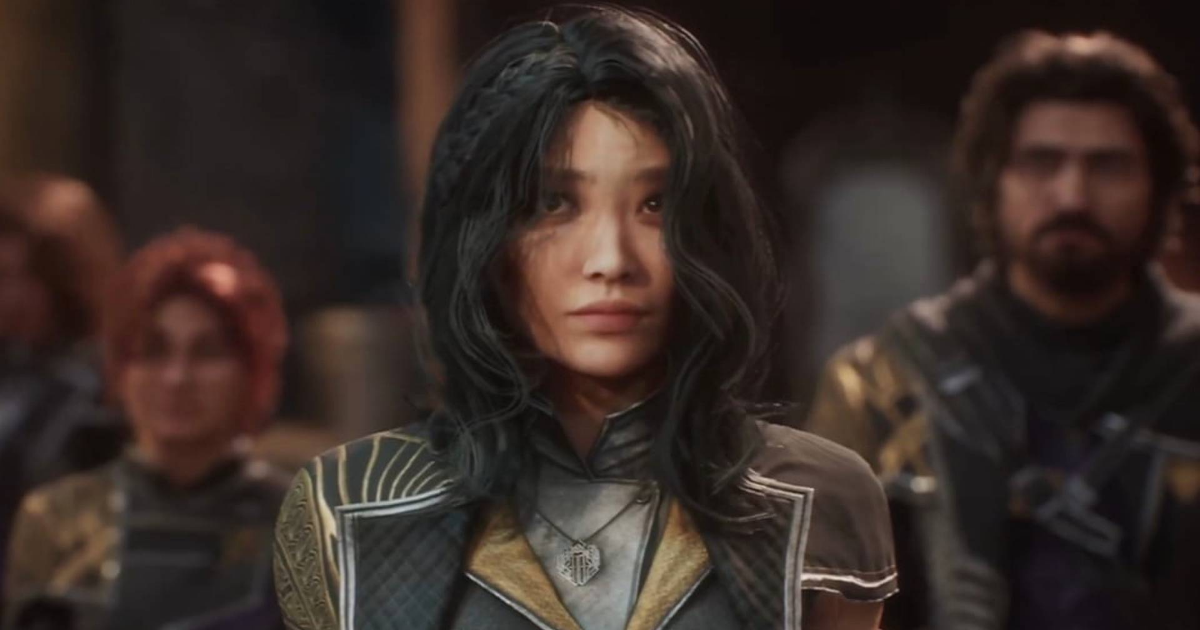We live in a world of 100-hour RPGs. Baldur’s Gate 3. Kingdom Come Deliverance 2. Metaphor Refantazio. Yakuza. As videogames get bigger in scope, they consistently seem to get bigger in scale. When I was younger, that was great – I lost days of my life to titans like Dragon Age: Origins, L.A. Noire, and Cyberpunk 2077. Yet, as the narrative RPG continues to become synonymous with ‘really long game,’ I’ve found myself turning away from the likes of God of War and Dragon Age: The Veilguard, instead preferring smaller (but equally heartwrenching) experiences like A Plague Tale, Indika, and South of Midnight. I’ve asked myself: ‘what’s changed?’ Is it my withering attention span? The fact that I now have adult responsibilities like work? Age seemed like the easiest scapegoat. But then Clair Obscur: Expedition 33 came along.
A 30-hour narrative RPG with another 30 hours of side quests for completionists, when I first booted up Expedition 33, I found myself sighing. Like Dragon Age: The Veilguard and Baldur’s Gate 3 before it, I’d spend a week or so exploring its world, marveling over its beauty, then probably end up playing League of Legends again. But, the moment I stepped foot in Lumiere, Expedition 33 established itself as something new.
But so did Baldur’s Gate 3, and God of War before that. ‘30 hours’ dangled subliminally in the back of my head; an ugly, unwanted reminder of my inability to commit to a videogame. As the titular Expedition 33 set out on its journey to bring down The Paintress, I wrapped up things up for the night and headed off to bed, resolute that I’d at least played the game I’ve been waiting for since Summer Game Fest last year. The itch, however, was there the day after, then the day after that. For the first time since Cyberpunk 2077: Phantom Liberty, I wanted to play another 40-hour RPG. So, I asked myself again, what’s changed?

From the get-go, Expedition 33 is driven by its narrative. There’s major beat after major beat, all within a couple of hours of gameplay. Everything is relatively streamlined, with combat gently leading you from one place to another and never becoming an obnoxious barrier. While it’s a little light on the exploration side (most of the time following a winding corridor just nets you more upgrade materials), its focus is getting you from A to B relatively unscathed so that you can experience the next part of the story.
While Baldur’s Gate 3 was rightfully praised for its abundance of things to do, getting distracted by sidequests often led me down lengthy rabbit holes that didn’t actually contribute to the main plotline, meaning I either forgot what I was actually supposed to be doing, or that I would take a month-long break from the game because it didn’t feel like I was really getting anywhere. I love a living, breathing world like everyone else, but Expedition 33’s comparative strictness lets its narrative rise to the forefront.
It also helps with the game’s pacing. There’s a twist in the tale at every turn, keeping you on your toes as you wonder what comes next. Things move quickly, but not too quickly, setting the scene but not feeling like a colossal lore dump. Where Baldur’s Gate 3 Act 3 runs out of steam and Dragon Age: The Veilguard has a slow start, Expedition 33 keeps things moving.
But a story is nothing without its cast. Jennifer English is an absolute standout, embodying youthful hopefulness as Maelle. From start to finish her performance never wanes; it’s proof that she isn’t just Shadowheart, but a multi-faceted actor with real talent. Throughout the course of Expedition 33 she makes you laugh, makes you cry, and watching her play across from fellow BG3 alumni Devora Wilde is a real treat. Where Neil Newbon’s Astarion was the rightful star of Baldur’s Gate 3, Jennifer English’s Maelle really is something else.
But Charlie Cox and Andy Serkis’ performances are more than just glorified cameos. Serkis’ Renoir is a compelling, terrifying villain, while Cox’s Gustave is playful and loveable, yet fiercely loyal, oftentimes to a fault. Alongside the rest of the cast, they create a dynamic, exciting collective. It reminds me of the Hero of Ferelden’s party in Dragon Age: Origins, or the merry band of misfits you attract in Baldur’s Gate 3. This is a group of friends setting out to take down a mysterious evil; there’s laughter and joviality to counteract the sadness. I care about them. I want them to succeed. When it comes to creating a good story-driven game, great characters (and performers) are a must – they’re the meat on the bones of a finely crafted narrative skeleton.
While Baldur’s Gate 3, God of War, and other narrative-focused RPGs deserve the critical acclaim they’ve received, Expedition 33 is the first 30 to 60-hour game I’ve wanted to play in a long, long time. Its linear scope and solid combat let the story take center stage, giving its voice cast a chance to really shine. The world itself is gorgeous and expansive, but you can interact with it at will and not feel like you’re missing out. For completionists, there’s a swathe of side quests and collectibles, too, with various baguette-themed outfits to add to your wardrobe and mimes that need smacking – in short, Expedition 33 is as big or as small as you make it.
In a world of 100-hour RPGs with open-world components, branching narratives, and side-quests galore, it often feels like storytelling gets lost amid the grind and stilted progression. Expedition 33 is a masterclass in creating a powerful narrative RPG that balances depth and player intrigue. Baldur’s Gate 3, God of War, and the original Dragon Age games deserve to be called some of the best RPGs ever made. Expedition 33 should be there alongside them. If you play one big narrative game this year, make it this one.


